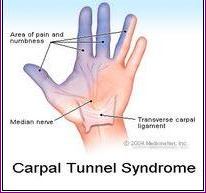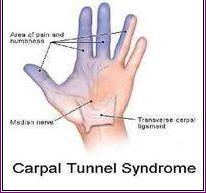
A pinched nerve in your lower back is also called nerve entrapment, or nerve compression. In layman terms, it is a sore part of the body. A pinched nerve in the lower back may cause anywhere from mild pain and minor discomfort to severe soreness that makes any type of movement excruciatingly painful. Anyone who has experienced the ordeal knows that you would want it to go away, as soon as possible.
Factors Affecting Pinched Nerve
A pinched nerve in the body may be caused by a number of factors. Poor posture where weight is unevenly distributed may result in lower back pain as muscles tend to compensate for the imbalance. Same goes with wearing shoes that do not offer good arch support as the pressure of your body weight is transferred from the arches of the feet to your lower back. Stress is also a known cause of lower back pain. Other factors include obesity, Morton's toe and foot misalignment, uneven leg lengths, prolonged sitting, and in more extreme cases by slipped vertebrae or a concussion on the spinal cord.
Chronic vs Acute Pain
To treat a pinched nerve in your lower back, first you have to know whether it falls under the acute or the chronic categories. Acute pain is pain that lasts for less than 3 months. These cases may be treated with back pain home remedies. Meanwhile, chronic pain is pain that is longer than 3 months. This usually requires a more intensive treatment preferably by a nerve doctor or a rehabilitation therapist.

Chronic lower back pain can be treated by either pressing heat or ice pack (never both, for your sake) over the affected area, or taking mild pain relievers. A gentle back rub using mild liniment may also alleviate the pain. Note that bed rest is never recommended, it will aggravate the situation. If you suspect that your condition is caused by stress, do gentle movement side to side, sit back and take plenty of me-time.




